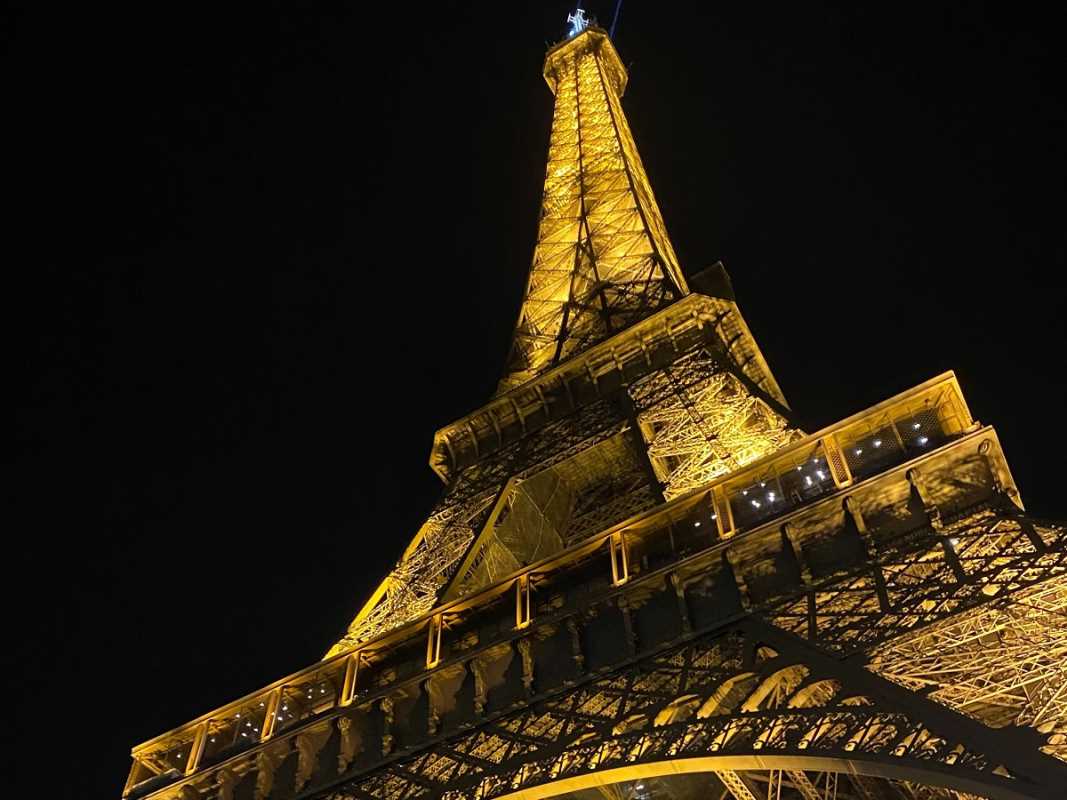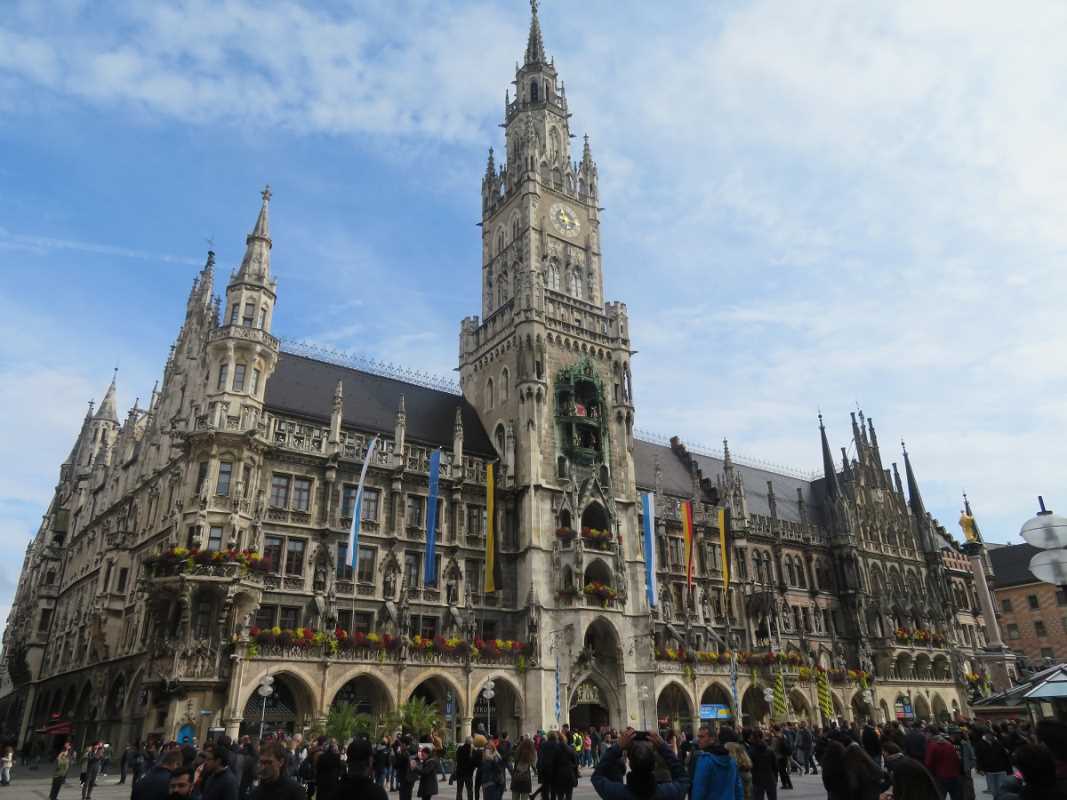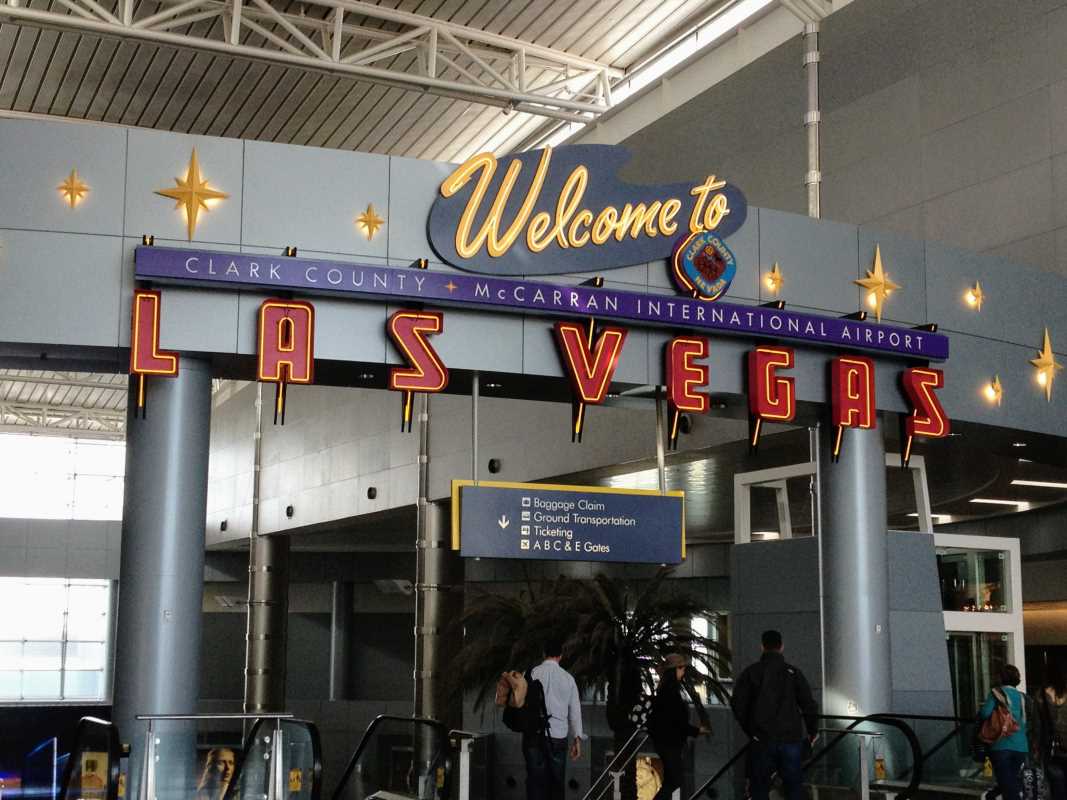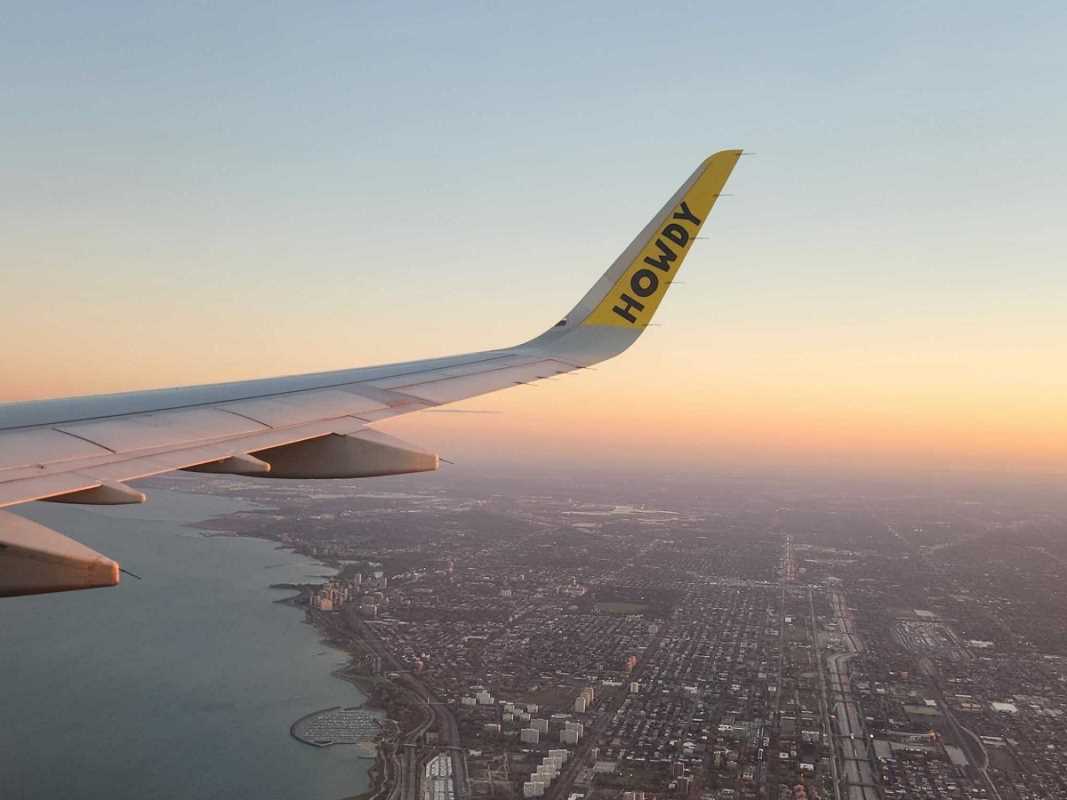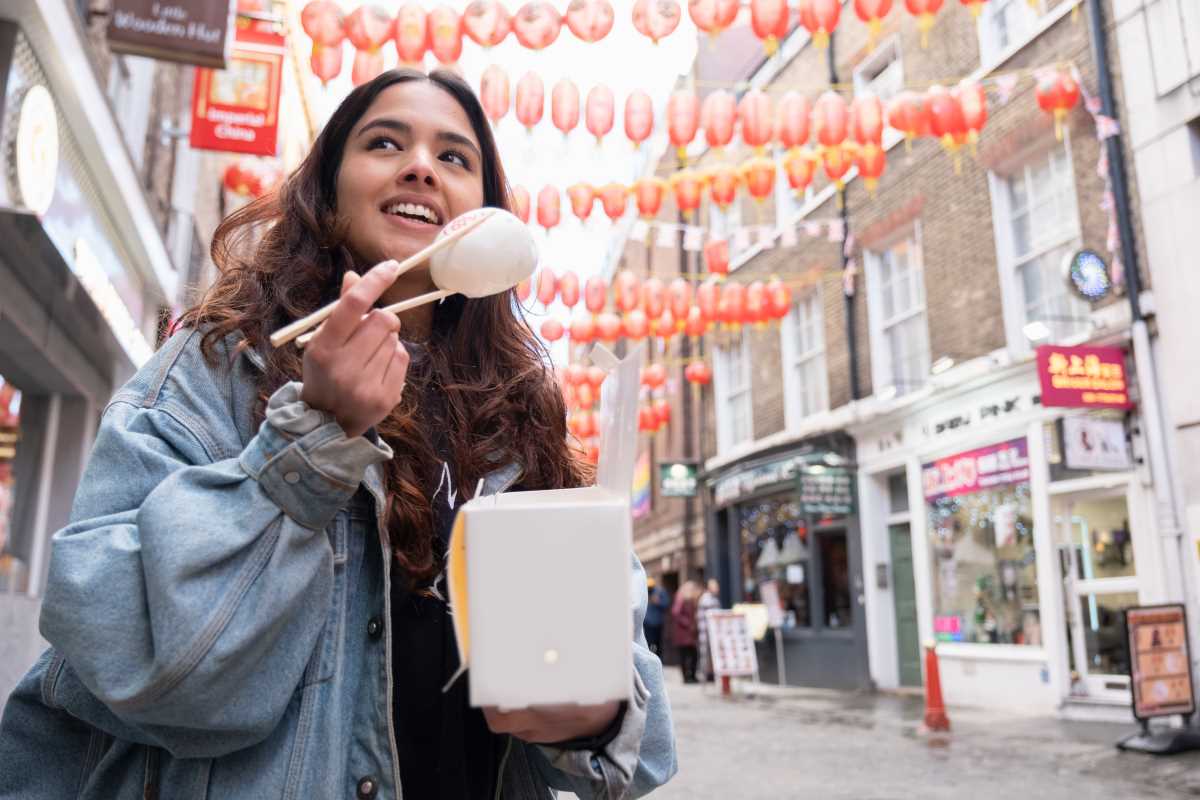Ah, Paris—the city of light, romance, and... a surprisingly easy-to-navigate transportation system. If it’s your first time in Paris, figuring out how to get around can feel a bit overwhelming at first glance. But don’t worry; this guide will walk (or ride) you through the best ways to explore the city, neighborhood by neighborhood, from trains to leisurely strolls. By the end, you’ll feel like a pro at zipping around Parisian streets, whether it’s underground, on wheels, or on foot.
The Paris Metro – Fast, Reliable & Surprisingly Intuitive
First things first—get to know the Paris Metro. It’s the lifeblood of the city, with 16 interwoven lines that spiderweb across almost every neighborhood you’d want to visit. When I first hopped into the Metro at Charles de Gaulle–Étoile (near the Arc de Triomphe), I admittedly panicked while staring at the map. But once you understand a few basics, it’s a game-changer for getting around.
Metro Basics
Each Metro line is numbered and color-coded, so even if you don’t speak French (bonjour!), it’s easy to follow. Stations are everywhere, usually just a few minutes’ walk from anywhere in the city center. To hop on, you’ll need a ticket—grab a Bonjour Paris Pass for unlimited rides or a single-use ticket depending on your plans.
Where It Takes You
The Metro is your gateway to the major sights. Want to see the Eiffel Tower? Hop off at Bir-Hakeim (Line 6). Spending the day at the Louvre? Palais Royal – Musée du Louvre (Line 1) will land you just outside. Montmartre’s charm? Anvers (Line 2) drops you near the base of Sacré-Cœur.
The Paris Metro often doubles as a musical venue. I once ended up in an impromptu accordion performance at Châtelet station—it’s not unusual and adds a little sparkle to your commute.
Pro Tip: Avoid rush hour (8–10 a.m. and 5–7 p.m.) unless you want to experience a very French version of sardine-can commuting.
Walk It Out – Paris is a Walker’s Paradise
Yes, the Metro is efficient, but in some ways, it feels like a disservice to Paris to stay underground when the above-ground views are so enchanting. The compact, flat nature of central Paris makes it perfect for walking, and some of the best wanderings happen by chance.
I’ll never forget the morning I got “lost” walking from Le Marais to Notre-Dame. I stumbled upon an open-air food market (hello, fresh croissants) and a street musician playing Edith Piaf. Sometimes, ditching the map is the best plan.
Must-Walk Areas
- Le Marais: Think cobblestone streets, hidden gardens, and trendy boutiques. This is one of Paris’s oldest districts, so walking allows you to soak in the architecture and eclectic charm.
- Seine River Walks: From Notre-Dame to the Eiffel Tower, ambling along the Seine is pure magic—especially at sunset when the city glows in its famous golden hue. Look out for bouquinistes (book vendors) along the way.
- Montmartre: Sure, it’s steep, but the climb up to Sacré-Cœur is half the fun. Plus, you’ll pass quaint cafés and street art that you’d miss by any other mode of transport.
Pro Tip: Wear comfy shoes. Paris’s cobblestone streets = cute but unforgiving. Don’t say I didn’t warn you!
Buses – A Scenic Ride Above Ground
While the Metro is fast, Parisian buses are like an attraction in themselves. They’ll get you from A to B with views of gorgeous streetscapes along the way. I have a soft spot for Bus 42, which runs past the Eiffel Tower, Place de la Concorde, and the Champs-Élysées—it’s like Paris’s greatest hits in one ride.
How to Use the Bus
You can use the same tickets as the Metro (just validate them when you board). Google Maps or the RATP app are lifesavers for figuring out bus routes in real-time.
Neighborhood Highlights
- The Left Bank (Latin Quarter): Take a bus to Boulevard Saint-Germain for cozy cafés and charming bookstores (bonjour, Shakespeare and Company).
- Père-Lachaise Cemetery: Bus routes like 69 give you incredibly scenic access to areas slightly off the beaten path, and the cemetery itself is stunning (both haunting and peaceful).
Pro Tip: Buses are particularly great on rainy days when a stroll might not be as fun but you still want to enjoy the sights.
Rent a Bike and Vélib’ It Like a Local
Feeling adventurous? Paris has an easy-to-use bike rental scheme called Vélib’. With docking stations all over the city, you can hop on a bike, pedal to your next destination, and drop it off at another station.
I remember renting a bike on a crisp fall afternoon and cycling from the Jardin des Tuileries to the Place des Vosges. I felt like I was in a rom-com montage as I pedaled past tree-lined streets (though, spoiler alert, I almost crashed into a baguette-toting fellow cyclist—so stay alert!).
Popular Bike Routes
- Quays of the Seine: Car-free and scenic—perfect for beginners or leisurely riders.
- Bois de Boulogne or Bois de Vincennes: Dreamy parks on the city’s edges, ideal for a nature escape.
Pro Tip: Be cautious of drivers and aggressive scooters—it’s Paris, after all—but bike lanes are becoming more widespread.
Hop Aboard the Batobus
Why not take to the water? The Batobus is essentially a ferry that stops at major attractions along the Seine, from the Eiffel Tower to Notre-Dame. It’s slower than the Metro, but there’s something so luxurious about seeing Paris’s monuments drifting by from the water.
One magical evening, I boarded the Batobus at the Musée d’Orsay. With a warm breeze and the city glowing under twilight, I was convinced Paris was, factually, the most beautiful place on earth.
Pro Tip: Using the Batobus ticket as a hop-on-hop-off option for a day is great when your feet need a break but you’re not done sightseeing.
Rideshares and Taxis
For late-night outings or when you’ve walked one too many kilometers, rideshare apps like Uber or traditional Parisian taxis get you where you need to go. Just note that taxis operate on meters, and credit card payments may not always be accepted (cash will save the day here).
Pro Tip: Ride-sharing is particularly useful if you’re headed somewhere less central, like Parc des Buttes-Chaumont in the northeast (worth it for its epic views!) or the trendy Canal Saint-Martin area.
Metro’s Big Brother – RER Trains
For longer distances or trips to the outskirts of Paris, like Versailles or Disneyland Paris, hop on an RER train. They work seamlessly with the Metro but get you farther, faster. Just make sure you’re on the correct platform since these trains operate more like commuter rail.
A day trip to Versailles was my first venture beyond central Paris, and gosh, was it worth it. Watching the Golden Gate glint in the sunlight is a sight you’ll never forget. Just remember to validate your ticket—learning the hard way via a stern French ticket agent is... less fun.
With such an incredible array of transportation options, navigating Paris doesn’t have to be daunting. The Metro and buses whisk you to iconic landmarks, while bikes, boats, and walking offer slower, more intimate ways to absorb the city’s magic. Each mode of transport lends a unique charm to exploring Paris, and with a little planning (and perhaps a croissant in hand as a reward), you’ll soon find yourself effortlessly zipping through the city like a Parisian pro.
